The Sugarcane Plant And Its Cultivation
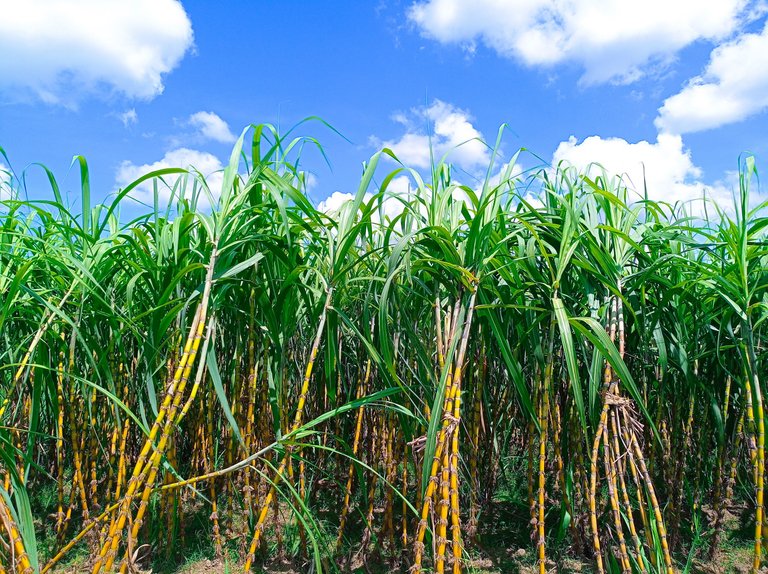
Sugarcane is a tropical grass, native to New Guinea and Asia. It has been cultivated all over the world for its sweet juice which is used to make sugar and alcohol. Sugarcane is also used as feedstock in the production of bioethanol. Cultivation of this plant requires a lot of water, sunlight, and nutrients. There are various types of sugarcane which grow best in specific regions with specific soil types. Sugarcane can be grown on both small farms and large plantations. There are different methods of cultivating this crop depending on the scale at which you want to grow it. Let’s take a look at the different aspects of growing this crop:
Reference
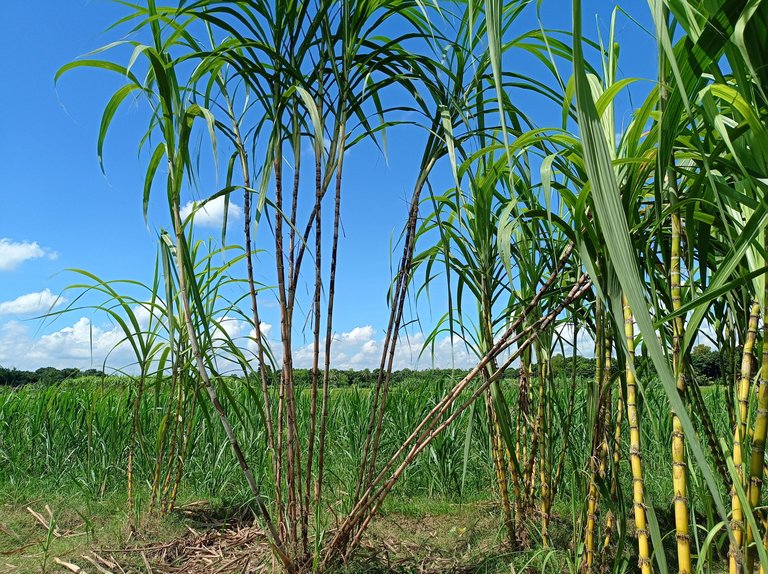
What is Sugarcane?
Sugarcane is a type of grass that is cultivated all over the world for its sweet juice which can be converted into sugar or ethanol. It is a tropical plant that is native to New Guinea and Asia. It is grown in over 100 countries with major cultivation in Brazil and India. There are various types of sugarcane which grow best in specific regions with specific soil types. Sugarcane can be grown on both small farms and large plantations. The sweet juice of the sugarcane is used to make sugar and alcohol and also as feedstock in the production of bioethanol. The sugarcane is also used to feed animals such as cattle and goats. The sugarcane is a tall perennial grass with jointed stem, usually with many tillers. The plant grows in warm tropical and subtropical regions. It requires a lot of water, sunlight, and nutrients to grow. There are various types of sugarcane which grow best in specific regions with specific soil types.
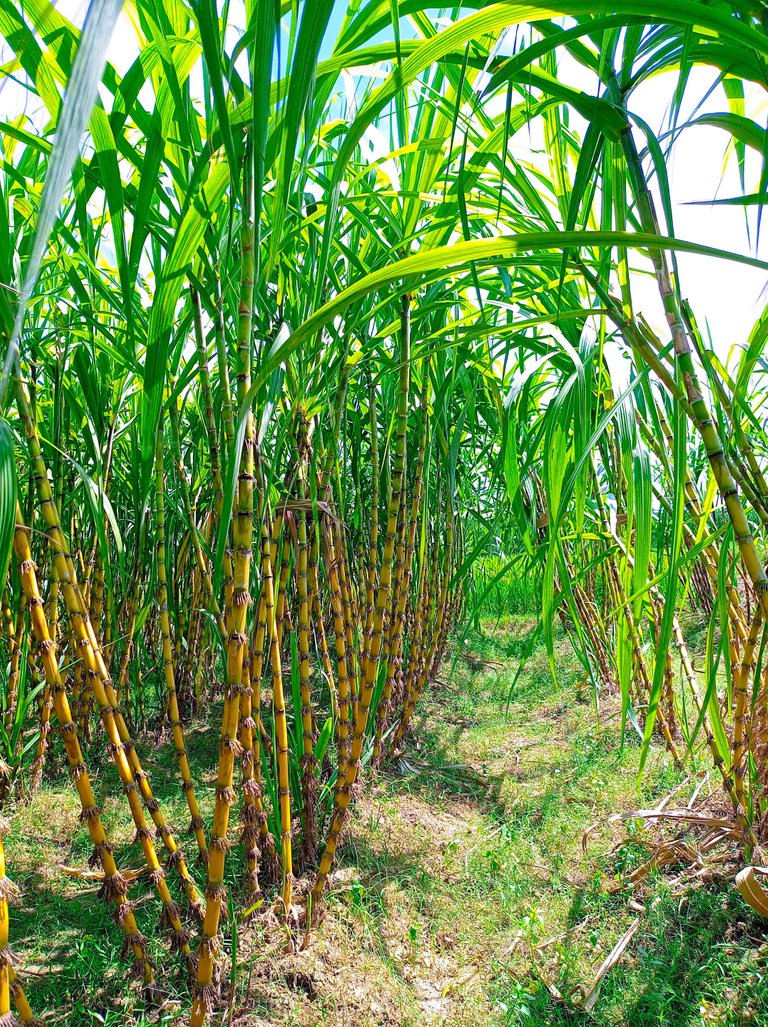
Different methods of cultivating Sugarcane
There are t
Many ways of cultivating sugarcane: - Plantation Method: With this method, the crop is grown in an area where there is already an established crop. The crop is grown in the field where another crop was harvested the previous year. - Extensive Method: With this method, the crop is grown on fresh land with new soil. This is the best way to grow sugarcane in areas where the plant had been grown during previous years.
Planting in flat beds:
Ridge and Furrow Method:
Trench Method or Java method
Rayungan Method:
Planting in flat beds: It is very popular method on Northern India and in some parts of Maharashtra. Shallow furrows 8-10 cm deep are made. Distance between two rows should be kept 75-90 cm. Generally 3 budded setts are used to plant in the end to end planting system. The furrow is covered by 5-7 cm of soil and field is leveled by planking.
Reference

Soil requirements for growing Sugarcane
The soil for growing sugarcane should be fertile and have a pH balance between 6.5 and 7. It should also have a high organic content since the plant needs a lot of nutrients. The soil should also be loose and be able to retain enough water. Soils that are saline and alkaline do not make good soil for growing sugarcane. Here is a list of the best soil types for growing sugarcane: - Wetland soils like Mangrove, Swampland, Coastal sand, Wet soils of paddy fields - Loose and sandy soils like Coastal sand, Coral sand, Coastal dune, Sandy loam - Loose soils of river deltas
Water requirements for growing Sugarcane
Since sugarcane is a water-intensive crop, it is best grown in areas with a lot of water. Regions with low rainfall may not be suitable for growing sugarcane since the plant needs a lot of water. Areas with river deltas may be the best places for growing sugarcane since they have access to a lot of water from the sea. Other regions that have a lot of water include floodplains, low-lying areas, paddy fields, and areas near lakes and ponds.
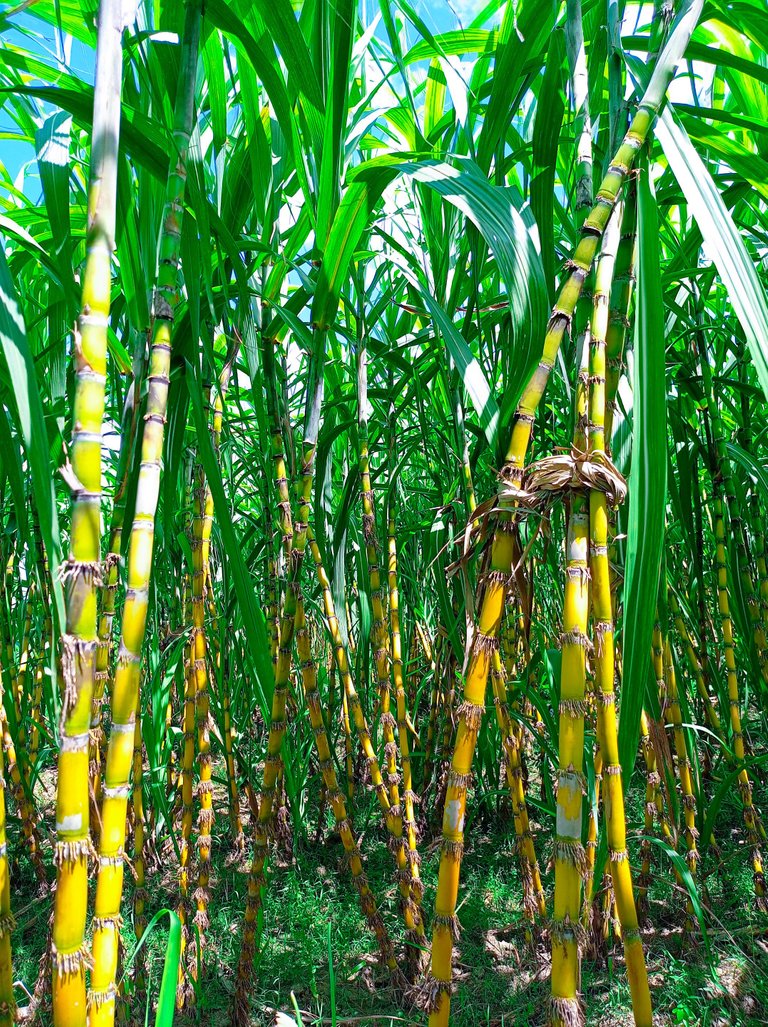
Nutrient requirements for growing Sugarcane
The sugarcane plant needs a lot of nutrients to grow. The best soil for growing sugarcane is one that has a high organic content. You can also use fertilizer to provide the nutrients required by the plant. The best fertilizer for growing sugarcane includes ammonium sulphate, ammonium phosphate, and urea. You can choose to use any of these fertilizers or a combination of them depending on the soil type of your region.
Pros of growing Sugarcane
- Cane is easy to harvest and store: Sugarcane can be harvested once it is ripe and needs to be dried in a similar way to sugar beets. It can be stored for years and does not attract pests or diseases. - Sugarcane is drought-tolerant: This crop can survive in dry conditions and wet soils. Growing sugarcane requires watering the plants frequently, so a dry period is not recommended. - This crop uses less fertilizer than other crops: With less fertilizer, the soil has a lower chance of being contaminated with pollutants. This is a common problem with other crops such as soybeans.
Cons of growing Sugarcane
- Sugarcane is a very water-intensive crop: This crop requires a lot of water to grow and cannot survive without it. - Sugarcane requires a lot of nutrients from the soil: This crop needs a lot of nutrients from the soil to grow. - Growing sugarcane may contaminate groundwater: Growing sugarcane near groundwater may contaminate it with pollutants such as fertilizer. - Sugarcane needs a lot of fertilizer: This crop needs a lot of fertilizer to grow and cannot survive without it.
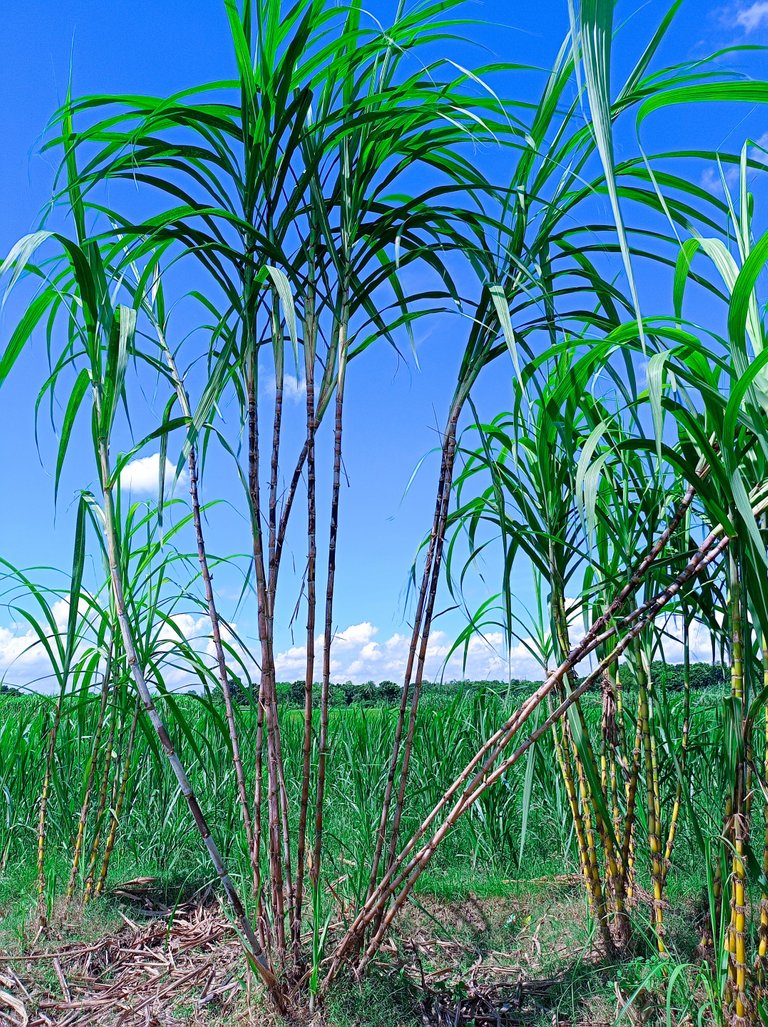
Conclusion
Sugarcane is a tropical plant that is native to New Guinea and Asia. It is grown in over 100 countries with major cultivation in Brazil and India. The sweet juice of the sugarcane is used to make sugar and alcohol and also as feedstock in the production of bioethanol. There are two ways of cultivating sugarcane: Plantation Method: With this method, the crop is grown in an area where there is already an established crop. Extensive Method: With this method, the crop is grown on fresh land with new soil. The soil for growing sugarcane should be fertile and have a pH balance between 6.5 and 7. It should also have a high organic content since the plant needs a lot of nutrients. The sugarcane is a tall perennial grass with jointed stem usually with many tillers. Growing sugarcane requires a lot of water, sunlight, and nutrients. It is a very water-intensive crop and needs a lot of water to grow. This crop also needs a lot of nutrients from the soil to grow.

It's my pleasure to introduce myself. I'm SHEIKH from Bangladesh.Recently I have passed my semester final Deploma in Textile and Now I want to BSC a private university.I wish that I study together with the job.Textile and Garments job is so hard that is not possible to continue study and job so i want to do something on online. That why i am come here.I have a 6 members in my family. I have a. Two brothers and one sister and also parents.My father is a business man. My mother is a housewife and brother are doing job and sisters studying.
My favorite game football but till a long time I can't play it because I don't get time to play and also my health condition is not good.
My favorite Food Biryani and Meat and Khichuri.I like Jhal very much.My favorite Colors are Black and White.
My favorite activity is Photography, Crypto, English learning, Content Writing.......
Thanks for your contribution to the STEMsocial community. Feel free to join us on discord to get to know the rest of us!
Please consider delegating to the @stemsocial account (85% of the curation rewards are returned).
Thanks for including @stemsocial as a beneficiary, which gives you stronger support.